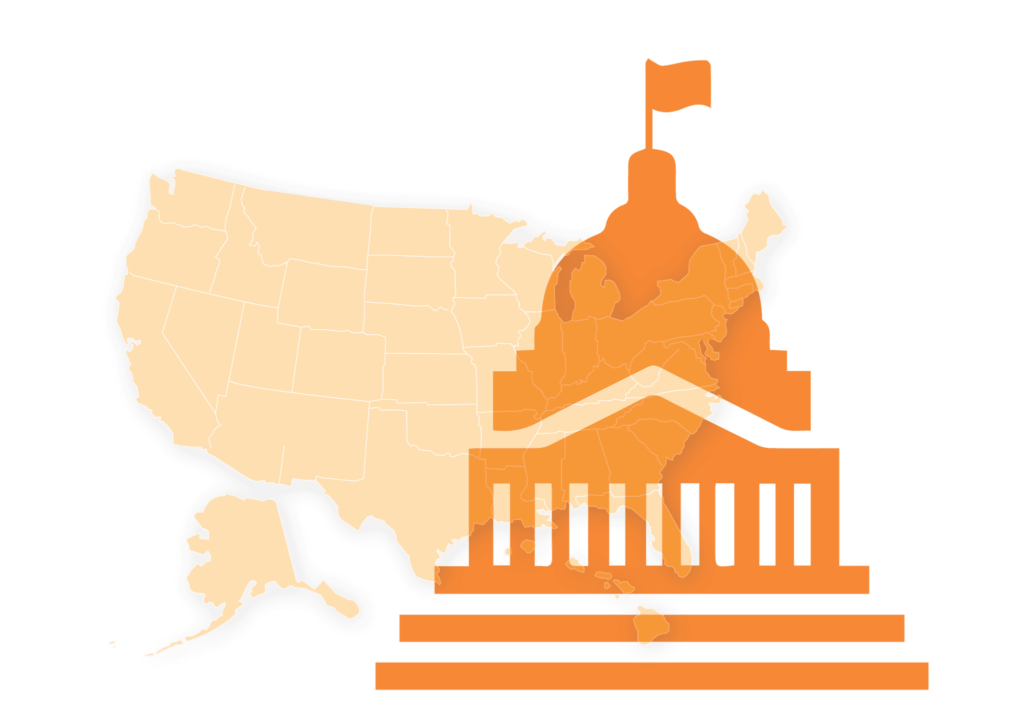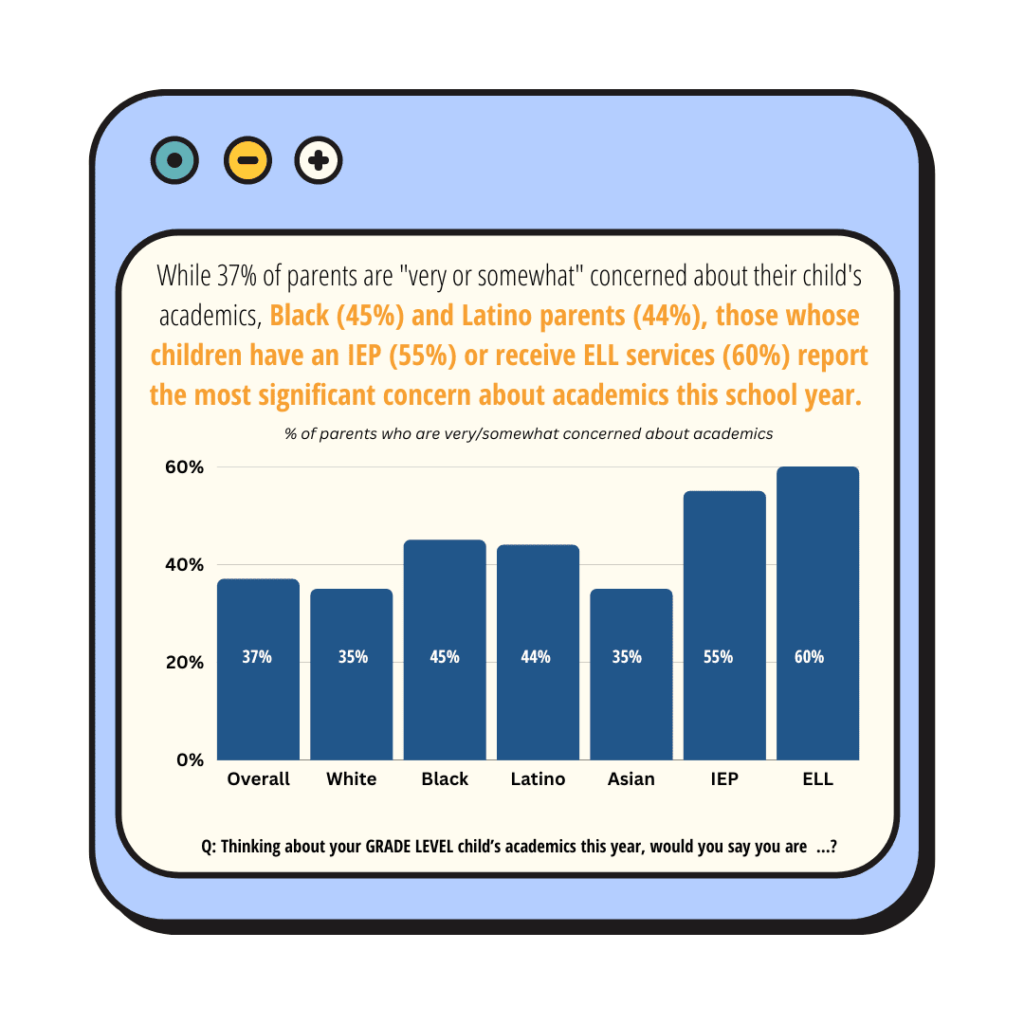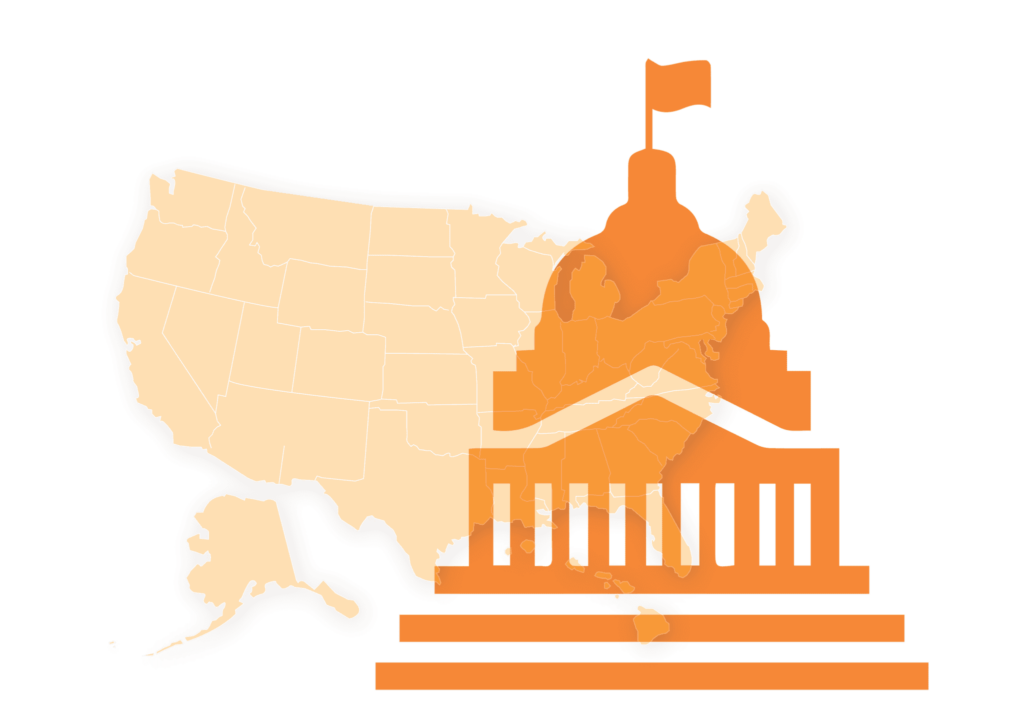Challenges and Opportunities
Rather than pass legislation as unfunded mandates, the 86th Legislature created the School Safety Allotment (SSA) in recognition that Texas schools would require additional and sustainable capacity to implement HB 18, HB 19, and SB 11. This allotment allowed for a wide variety of district uses, including (1) mental health supports, (2) positive school culture, (3) facility safety, and (4) emergency response coordination.
Without transparent public reporting of this spending and analysis of its effectiveness to date, it is unclear whether this funding stream is being used to advance evidence-based strategies that improve the physical and psychological safety of students – like social workers, restorative justice coordinators, and culturally inclusive, trauma-informed practices. However, as the social and emotional toll of the pandemic and civil uprisings become unavoidably clear, the 87th Legislature should direct future SSA funds to be used on mental health and school climate strategies rather than school hardening and monitoring strategies (like policing and surveillance), which are not proven to make schools safer, and which are more likely to widen disparities in exclusionary student discipline actions and negatively impact school climate, further distancing students from learning environments at a time when they are likely to need additional academic instruction and social-emotional supports.

 September 30, 2020 by
September 30, 2020 by 





